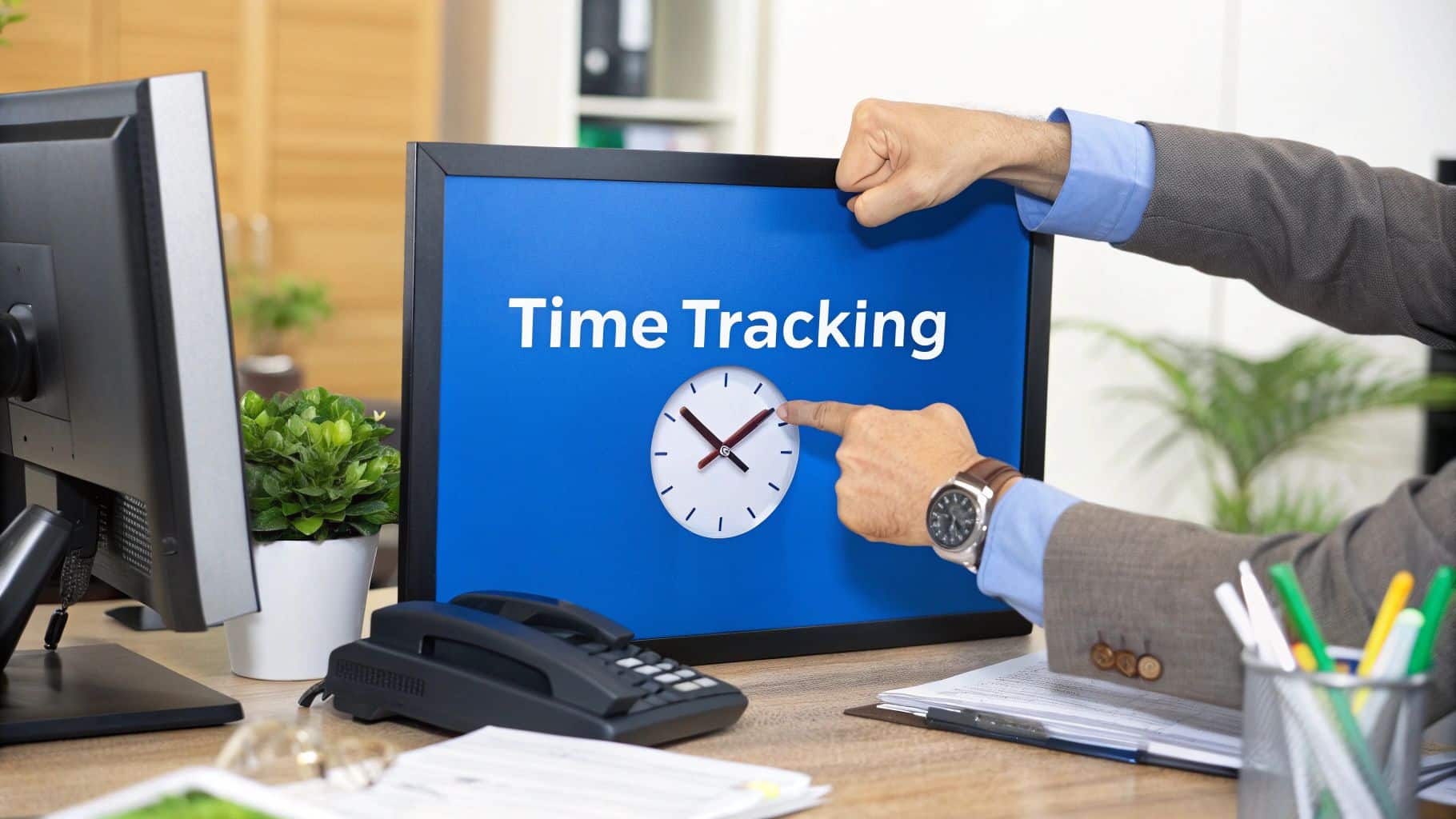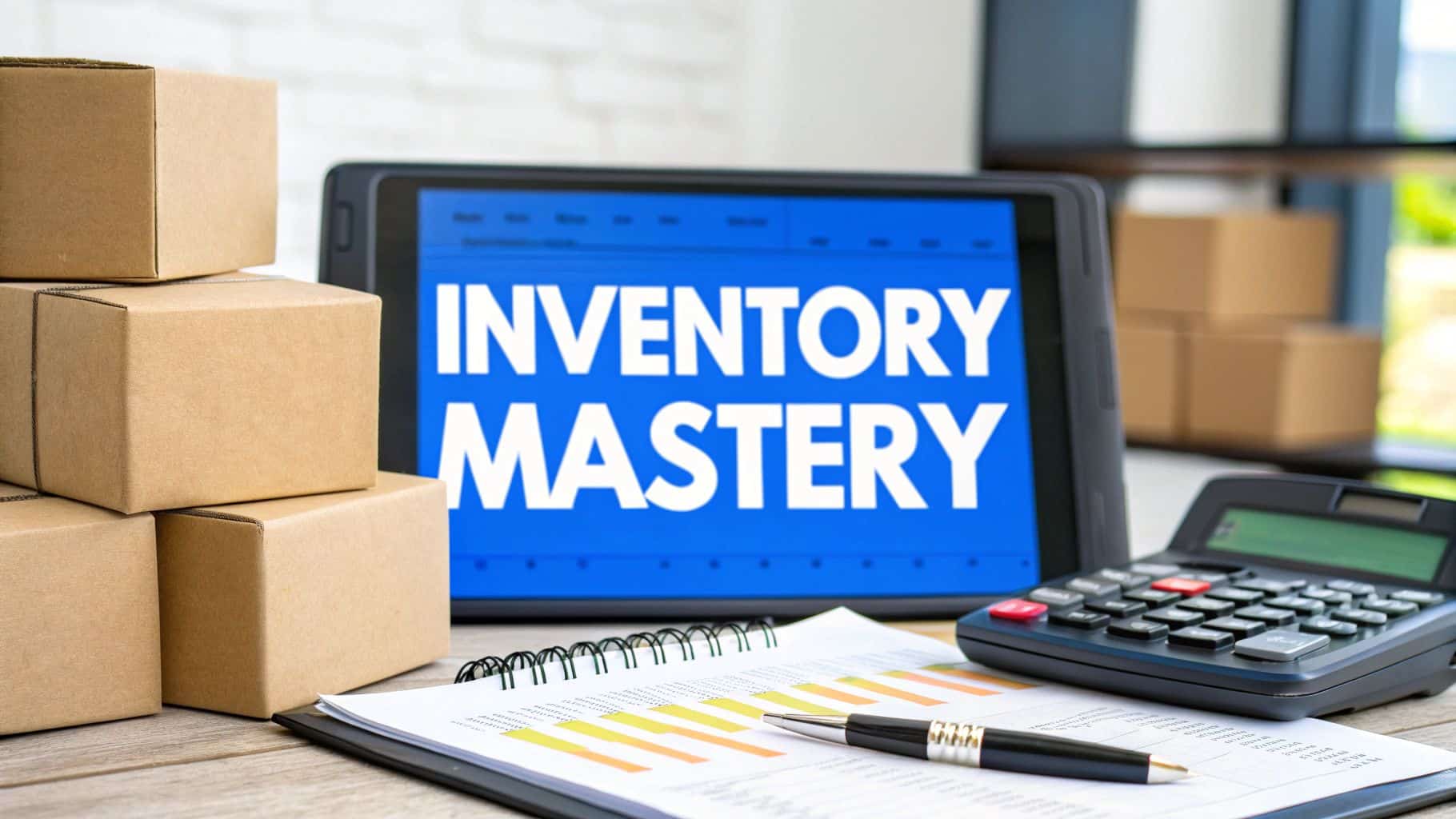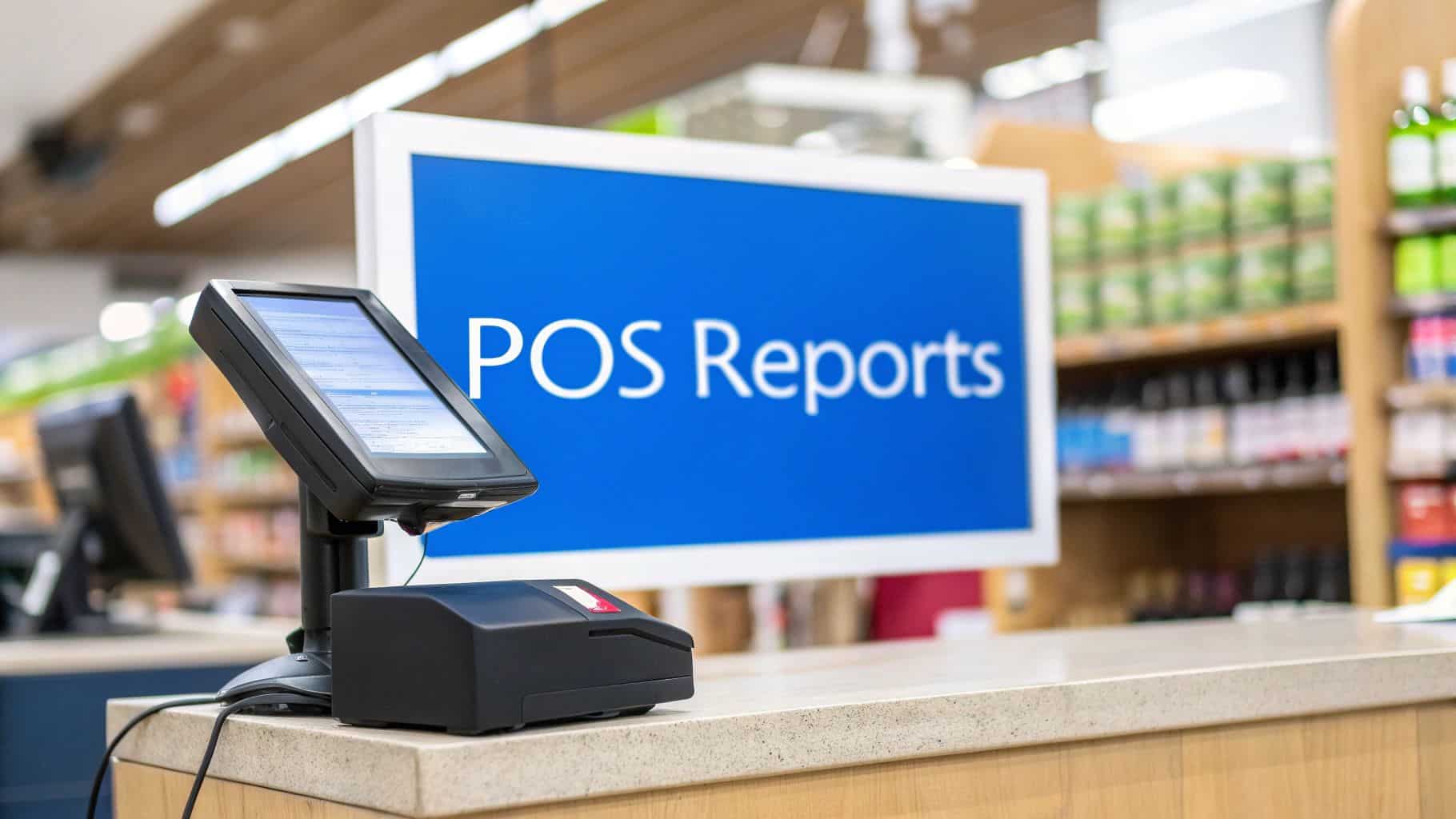In today’s fast-paced retail and hospitality world, syncing orders instantly across platforms is a game-changer. Real-Time Order Integration connects sales channels, inventory, and kitchen workflows seamlessly. It delivers efficiency and accuracy at every step. This technology ensures orders flow smoothly from placement to delivery. It improves customer experience and streamlines internal operations.
With more multichannel orders—from online stores to physical shops—businesses must manage complex flows efficiently. Real-Time Order Integration serves as the backbone for live order syncing. It offers automated order processing, instant data transfer, and system interoperability. These features keep all departments aligned. Whether updating inventory, confirming payments, or tracking order status, this integration optimizes operations and boosts profitability.
As companies explore advanced POS integration and kitchen display systems, understanding the benefits of real-time order integration becomes crucial. This article explores its features, advantages, and practical uses. It also shows how cloud-based systems like Biyo POS transform order management through workflow automation and centralized dashboards.
Table of Contents
- Understanding Real-Time Order Integration
- Benefits of Real-Time Order Integration
- Key Components of Real-Time Order Integration
- How Real-Time Order Integration Enhances Customer Experience
- Implementing Real-Time Order Integration with Biyo POS
- FAQ
Understanding Real-Time Order Integration
Real-Time Order Integration means syncing orders instantly across sales channels and backend systems. Data like inventory, payment confirmation, and order status updates flow immediately to the right departments. This eliminates delays and prevents errors that happen when systems work separately.
At its core, real-time order integration enables live order syncing. Every order—whether online, in-store, or via mobile app—shows up immediately in the POS system. This seamless communication between ordering platforms and backend systems is essential for handling multichannel orders and complex workflows.
For example, when a customer orders online, the kitchen display system gets the order instantly. Inventory updates automatically, and the delivery team gets notified without delay. This connection optimizes order flow, reduces manual work, and lowers human error risk.
What is Live Order Syncing?
Live order syncing means syncing orders in real time across multiple sales and processing platforms. Every new order becomes visible immediately in all relevant systems. This is vital for businesses operating through multiple sales channels like e-commerce, physical stores, mobile apps, or third-party delivery.
When a customer places an order, data flows instantly to all departments involved, preventing lag or confusion. For instance, a clothing retailer selling both online and in-store avoids overselling limited-stock items by updating inventory in real time. This synchronization supports order flow optimization by keeping a single source of truth for all orders.
Live order syncing speeds up order processing automation. Staff work with accurate, up-to-date info without manually checking several systems. In a restaurant, the kitchen sees new orders immediately, reducing wait times and boosting service quality.
Role of POS Integration in Real-Time Order Management
POS integration connects sales terminals with backend systems, enabling real-time data exchange. This links order-taking, payment processing, inventory, and customer management. It ensures every order is recorded, payments are confirmed instantly, and inventory adjusts right after sales.
For example, when a customer pays, the POS updates stock and triggers sales reports simultaneously. This reduces manual input, lowers errors, and speeds up reconciliation. It also enables system interoperability, allowing different software to work together smoothly.
In a busy café, POS integration with a kitchen display system means orders appear on kitchen screens as they are placed. This cuts communication delays, keeps order connectivity smooth, and helps staff work efficiently during rush hours. POS also offers a centralized dashboard for real-time sales and inventory monitoring, helping managers make informed decisions.
Importance of Inventory Updates in Real-Time Systems
Real-time inventory updates keep stock levels accurate and customers happy. When an order happens, inventory must adjust immediately across all sales channels. This avoids selling out-of-stock items and disappointing customers.
Accurate inventory data also optimizes supply chains. It triggers restocking alerts and prevents excess stock that wastes capital. For example, retailers using real-time updates can automate purchase orders when stock is low, ensuring steady product flow without manual work.
In food service, real-time inventory avoids orders for unavailable dishes. This prevents customer frustration and kitchen disruptions. Real-time updates also improve sales forecasting, helping businesses prepare for seasonal demand or promotions better.

Benefits of Real-Time Order Integration
Real-time order integration transforms business operations by improving accuracy, speed, and customer satisfaction. It cuts manual errors and helps decision-making happen faster.
This integration coordinates complex workflows in multichannel environments. It ensures orders are processed properly and tracked carefully. As a result, delivery coordination improves, and customers get timely updates, boosting trust and loyalty.
Let’s explore these benefits in detail to see how real-time order integration elevates operations and meets customer expectations.
Improved Order Accuracy and Workflow Automation
Real-time order integration boosts order accuracy by automating data flow between sales, inventory, and fulfillment teams. This cuts mistakes from manual entry or slow communication. When orders and payments sync instantly, staff confidently fulfill orders with correct info.
Workflow automation handles repetitive tasks like payment confirmation, stock updates, and order status changes automatically. This cuts processing time and lets employees focus on serving customers and other key tasks, raising productivity.
For example, an online retailer using real-time integration automates payment confirmation and order updates. This triggers warehouse shipping and sends customer alerts immediately, reducing errors and delays greatly.
Enhanced Delivery Coordination and Customer Updates
Delivery coordination improves with real-time integration because staff get instant info on order prep and dispatch. Delivery teams receive accurate order details, reducing wait times and confusion. This helps manage routes and schedules better.
Customers receive real-time notifications about order status, from confirmation to delivery. This transparency builds trust and eases anxiety over order timing.
For instance, a food delivery service can alert customers when their order leaves the restaurant and provide tracking. This helps customers plan and improves loyalty through clear communication.
Comprehensive Sales Reporting and Centralized Management
Real-time integration gathers sales data into a centralized dashboard. Managers get a clear, up-to-date view of performance. This helps analyze trends, peak hours, and popular products, aiding marketing and inventory choices.
Accurate reports catch discrepancies quickly, allowing swift fixes. Managers can generate reports by location, product, or time to assess operations.
For example, a retailer with multiple stores can compare sales data and adjust stock or marketing to boost profits. Centralized data simplifies management and improves agility.
Key Components of Real-Time Order Integration
Real-time order integration relies on key components working together. Each plays a role in making order management smooth and efficient.
Knowing these parts helps businesses pick the right technology and design systems that fit their needs and growth plans.
Let’s explore the main building blocks of real-time order integration.
Instant Data Transfer and System Interoperability
Instant data transfer sends order info immediately between all connected systems. This removes delays that cause errors or confusion. It keeps inventory, payments, and order updates current across platforms.
System interoperability means different software and devices work together smoothly. True interoperability lets businesses connect POS, kitchen displays, delivery apps, and inventory tools into one network.
For example, a restaurant can link its online ordering, kitchen display, and delivery tracking. This allows instant updates on order changes and delivery status. The result is optimized order flow and better real-time syncing.
Kitchen Display Systems and Automated Order Processing
Kitchen display systems (KDS) replace paper tickets with digital screens showing orders clearly and instantly. When integrated with real-time order systems, KDS receive orders as soon as customers place them. This helps kitchen staff start work without delay.
Automated order processing connects KDS with POS and inventory systems. Orders flow smoothly through each step. Automation updates order statuses, notifies servers when ready, and tracks prep times.
For example, a busy pizzeria using KDS gets custom orders immediately on kitchen screens. The system adjusts inventory and updates order progress. This reduces mistakes and boosts efficiency in peak times.
Centralized Dashboard and Cloud-Based Systems
A centralized dashboard shows all order, inventory, payment, and customer data in one place. Managers get real-time insights and control. This simplifies monitoring and decision-making.
Cloud-based systems host dashboards and apps on remote servers. Businesses can access data anywhere with internet. The cloud supports scaling, security, and easy integration with other tools.
For example, a retail chain using Biyo POS can monitor multiple outlets from anywhere. They view live inventory and sales data. This lets them react fast to demand changes, staff shortages, or supply issues, improving resilience.
How Real-Time Order Integration Enhances Customer Experience
Today’s customers expect fast, accurate service and clear communication. Real-time order integration helps businesses deliver on these demands. It improves order accuracy, provides instant updates, and enables transparent tracking.
This technology boosts internal workflows and enhances every customer touchpoint. It builds loyalty and positive word-of-mouth. Let’s see how real-time integration benefits customers.
Knowing these improvements helps businesses invest wisely in tech that creates seamless experiences.
Real-Time Notifications and Customer Updates
Real-time notifications inform customers from order placement to delivery or pickup. Alerts include payment confirmation, prep times, dispatch notices, and tracking links. This transparency eases customer concerns and builds trust.
Customers call support less often, freeing staff and improving efficiency. Notifications via SMS, email, or apps can match brand voice and customer preferences, boosting engagement.
For example, an online bakery sending updates like “Your cake is baking” or “Out for delivery” connects with customers beyond sales. This communication encourages repeats and referrals.
Order Tracking and Seamless Communication
Order tracking lets customers watch progress via maps or status updates in apps. This convenience builds confidence, so customers don’t have to guess or call.
Seamless communication among sales, kitchen, and delivery teams ensures quick handling of changes or issues. If delays or substitutions happen, customers get immediate updates, keeping transparency and managing expectations.
For example, a fast-casual restaurant can alert customers if items are out of stock and suggest alternatives. This smooth communication turns problems into positive experiences by showing care.
Boosting Order Accuracy and Reducing Wait Times
Accurate orders reduce returns, complaints, and wasted products. Real-time integration automates order capture and verification, ensuring details are right from payment to delivery.
Reducing wait times also improves satisfaction. Integrated systems speed up the order cycle by removing bottlenecks. Faster service happens whether in-store, pickup, or delivery.
For example, a coffee shop using Biyo POS’s real-time system during rush hours sees orders instantly on barista screens. Inventory updates automatically, and customers get timely updates. This speed and accuracy create a great experience that brings customers back.
Implementing Real-Time Order Integration with Biyo POS
Biyo POS offers a cloud-based system designed for businesses needing real-time order integration. It features live order syncing, automated processing, kitchen display system support, and centralized dashboards. These provide smooth operations and easy scaling.
With Biyo POS, businesses manage multichannel orders, inventory, payment confirmation, and customer updates in real time. This cuts manual tasks, improves accuracy, and increases visibility.
Here are key ways Biyo POS supports real-time order integration to boost efficiency and satisfaction.
Seamless POS Integration and Inventory Management
Biyo POS connects easily with sales channels and payment gateways. Every transaction updates inventory and sales instantly. This reduces overselling and out-of-stock issues.
The cloud lets owners monitor stock and sales remotely. Inventory alerts can trigger automatic reorders, smoothing supply management and preventing disruptions.
For example, a boutique retailer using Biyo POS avoids disappointing customers by blocking sales of out-of-stock items online and syncing store inventory instantly. This builds trust and efficiency.
Automated Order Processing and Kitchen Display Systems
Biyo POS automates order processing by linking online orders, POS sales, and kitchen displays in one workflow. Orders show up on kitchen screens immediately, reducing errors and speeding service.
The system updates order statuses and sends real-time alerts to staff and customers. This helps during busy times when manual work could cause mistakes or delays.
For example, a fast-food chain using Biyo POS manages dine-in, takeaway, and delivery orders smoothly. The kitchen gets clear instructions, increasing speed and customer satisfaction.
Centralized Dashboard and Sales Reporting
Biyo POS’s dashboard combines all sales and order data in real time. Managers get insights into performance, order status, and inventory health. This supports quick, informed decisions.
Centralization helps multi-location businesses compare sales and adjust stock or marketing. The dashboard’s easy interface lets managers spot trends and optimize operations.
For example, a franchise owner uses Biyo POS to analyze sales by location, identify best sellers, and fine-tune campaigns, driving growth.

About Biyo POS
Biyo POS is a cloud-based point of sale system designed for businesses wanting seamless real-time order integration. Its features include live order syncing, automated processing, kitchen display compatibility, and centralized dashboards. By enabling instant data transfer and workflow automation, Biyo POS helps businesses optimize order flow, improve accuracy, and deliver excellent customer experiences across all sales channels.
FAQ
What is real-time order integration?
It is technology that instantly syncs orders and related data across sales channels, inventory, and backend systems. It ensures fast, accurate order processing.
How does real-time order integration improve order accuracy?
By automating data flow and reducing manual entry, it lowers errors like duplicate or wrong orders, leading to better customer satisfaction.
Can real-time order integration support multiple sales channels?
Yes, it handles orders from online stores, physical shops, and mobile apps, syncing and processing them in one system.
What role does POS integration play in real-time order systems?
POS integration connects sales points to inventory, payments, and order management, enabling instant updates and centralized control.
How does Biyo POS help with real-time order integration?
Biyo POS provides cloud-based automated order processing, live syncing, and a centralized dashboard. It makes real-time order integration easy and efficient.




